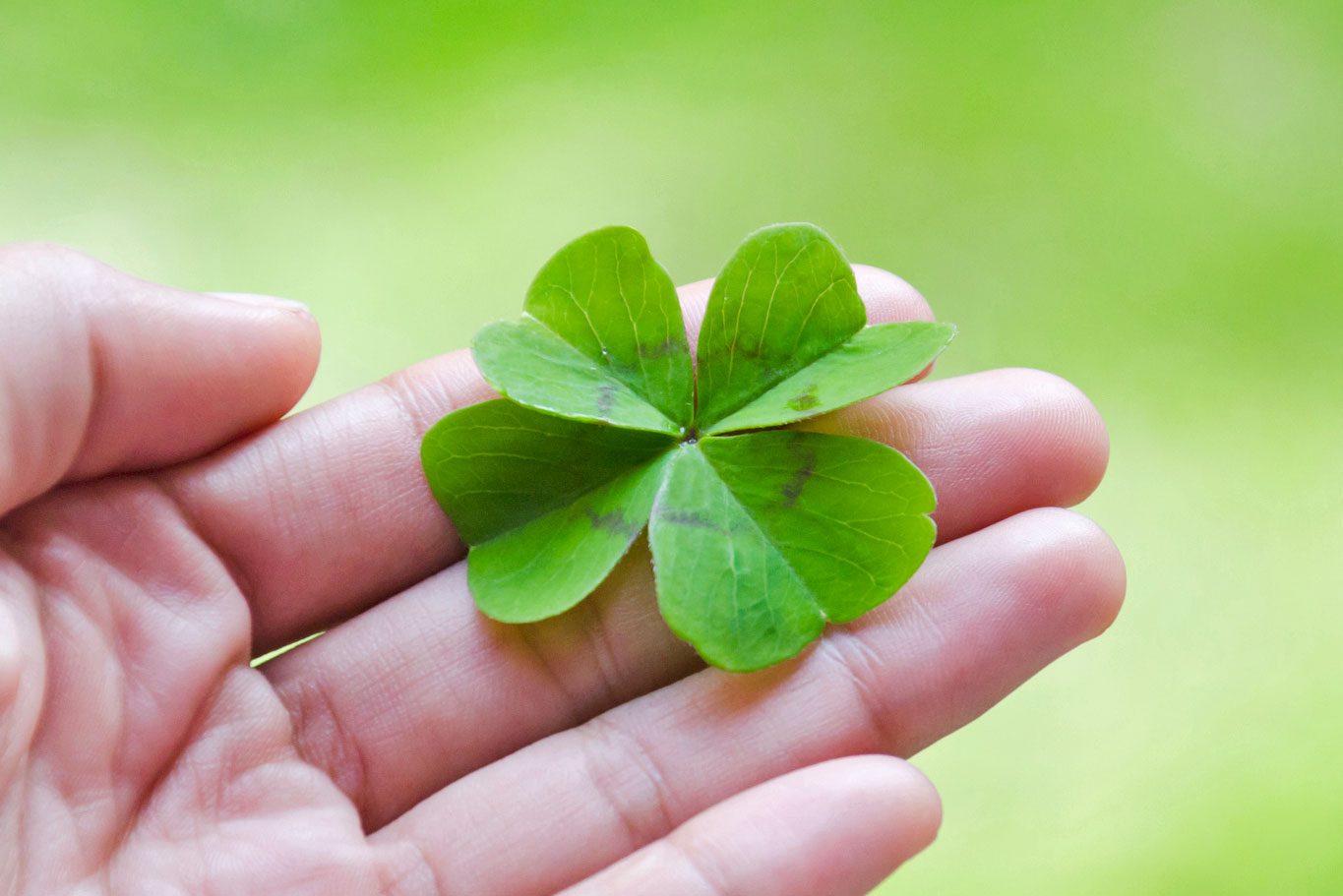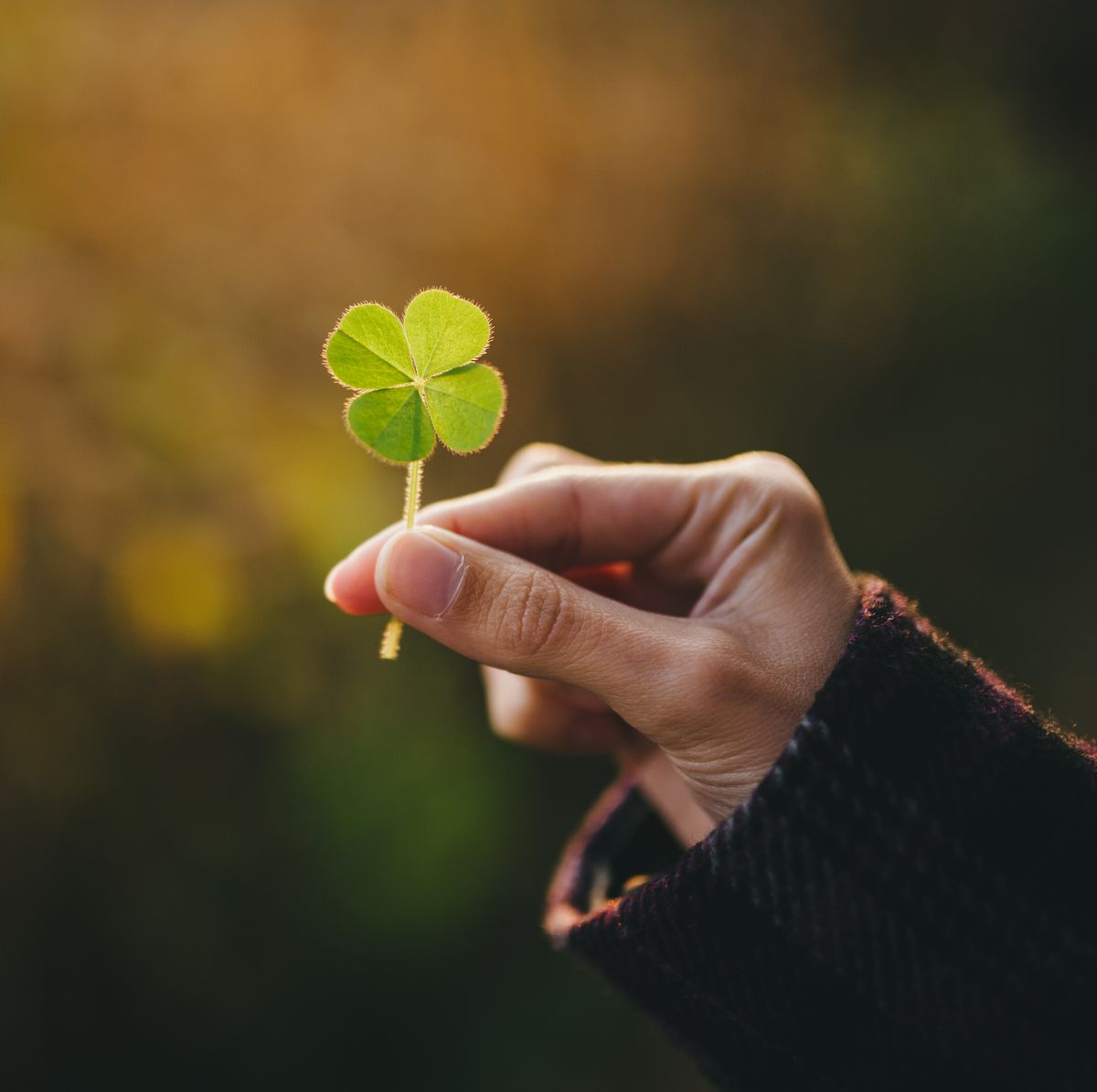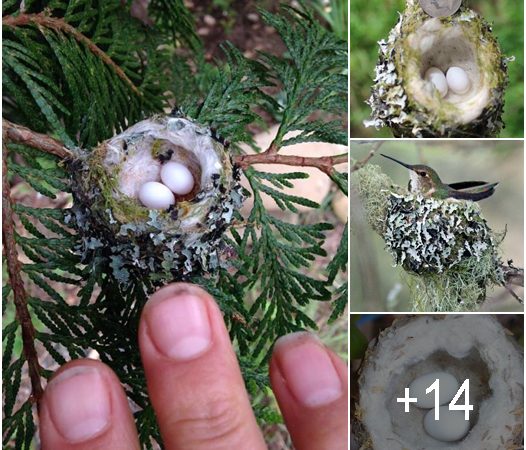The Lucky 4-Leaf Clover: Facts and Myths
The four-leaf clover, often considered a symbol of good luck, has captivated people’s imaginations for centuries. Its rarity and association with positive fortune have led to numerous myths and beliefs surrounding this little green leaf. In this article, we will delve into the facts and myths surrounding the lucky 4-leaf clover.
Four-leaf clovers are a rare variation of the common three-leaf clover, also known as the shamrock. The reason for this rarity lies in genetics. Three-leaf clovers are the natural result of a clover plant’s genetic makeup. When a clover plant produces a fourth leaf, it’s due to a genetic mutation. It is estimated that for every 5,000 to 10,000 three-leaf clovers, you might find one four-leaf clover.
The four-leaf clover is often associated with luck and good fortune in various cultures around the world. Here are some common beliefs and symbolism related to this unique clover:
In Celtic tradition, the shamrock (a three-leaf clover) symbolizes the Holy Trinity, while the rare four-leaf clover represents God’s grace. This association adds to the belief that finding one brings luck.
Druids in ancient Celtic cultures believed that four-leaf clovers had protective qualities, capable of warding off evil spirits.
The shamrock, typically a three-leaf clover, is closely associated with St. Patrick’s Day and Irish culture. However, the occasional discovery of a four-leaf clover on this day is considered especially lucky.
In modern times, the four-leaf clover has become a universal symbol of luck and good fortune, often used in jewelry, clothing, and various forms of decoration.
The process of finding a four-leaf clover can be both thrilling and challenging. Here are some tips for those hoping to find one:
Be prepared to spend some time searching. Four-leaf clovers are not common, so you’ll need patience and perseverance.
Look for clover patches in areas with healthy vegetation and a variety of clover species.
Four-leaf clovers typically have a different appearance from three-leaf clovers. They may have larger leaves, irregular shapes, and unique patterns.
Some believe that the best time to search for four-leaf clovers is early in the morning when dew is present.
While the four-leaf clover is steeped in symbolism and superstition, there is also a scientific explanation for its existence. Genetic mutation, caused by various factors like environmental conditions and genetic instability, can result in the occasional development of an extra leaf on a clover plant.
The lucky four-leaf clover, with its rich history of symbolism and mythology, continues to hold a special place in people’s hearts. Whether you believe in its luck-bringing properties or simply appreciate its rarity and beauty, the four-leaf clover remains a fascinating natural anomaly that reminds us of the mysterious wonders of the natural world. So, the next time you spot a patch of clover, take a moment to look closely—you might just find a hidden treasure and experience a stroke of good fortune.
Hits: 21

:max_bytes(150000):strip_icc()/GettyImages-BB9905-006-d4cc008f1ba74651bd6f9b3deb39ab86.jpg)







